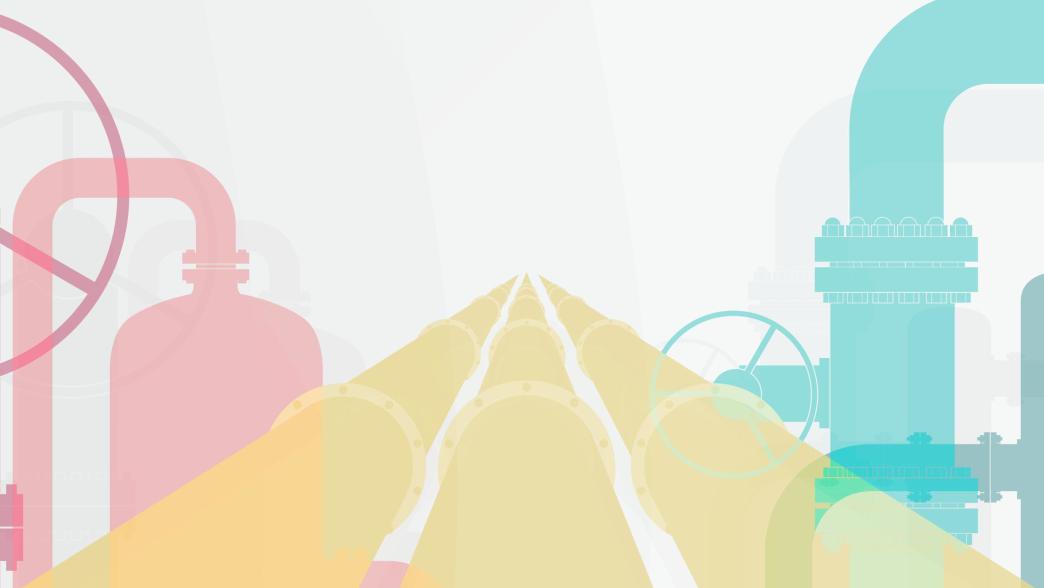
The Use of Gas for Energy in Low- and Middle- Income Countries
-
What are the main risks a country could face if it over-invests in domestic gas?
-
Should countries use gas as a “transition fuel” to renewables, or should they focus on growing renewables now?
-
Isn’t switching to gas good for the environment since it is a relatively “green” fuel?
-
Should countries invest more in gas to achieve energy security?
-
What options does a country have to pay for its gas plans?
This primer summarizes some issues that gas-producing countries must address if they aim to use gas to meet their own energy needs. Any nation that extracts gas can either export it to buyers elsewhere or consume it at home—in power plants, cars and buses, household stoves and furnaces or industrial facilities. (Exporting gas comes with other risks and tradeoffs that are not covered here.)
Governments in around two dozen countries in Africa, Asia and Latin America want to build new pipelines, plants and other infrastructure to use some or all their gas reserves at home. They see gas as key for meeting their economic and energy sector goals. (See box below.) But not everyone agrees that investing in domestic gas is the way to go. A range of voices, from grassroots activists and national and regional NGOs to international climate campaigners, argue that gas is too environmentally destructive and economically risky, and that countries should invest in renewables instead. Foreign investors meanwhile are showing less interest in domestic gas projects, and wealthy nations in North America and the European Union have pressured the development banks they own and influence to stop funding gas.
These divisions have made low- and middle-income country gas use into a flashpoint in the global energy transition—and especially on the question of whether the transition will be “just.” The countries with ambitions for gas accuse the wealthier ones of sending mixed messages and having double standards, especially when many of the wealthy countries stepped up their own hunts for gas after Russia fully invaded Ukraine. Meanwhile, the unmet energy needs in some lower-income gas producers are huge, especially in Africa, where the lowest-income, most vulnerable populations are often the last ones served.
Some lower- and middle-income countries will continue burning domestically produced and imported gas for years to come. But in the current debate, oversimplified arguments and political slogans obscure the risks these countries may face if they invest too much in gas, and the challenges of leaving fossil fuels behind. A different kind of debate is needed, one that focuses more on which energy sources can best meet a country’s needs at the least cost to its economy, people’s lives and the planet.
Access to electricity in African gas-producing countries
Electricity access in Africa must triple by 2030 to meet demand, but countries aren’t keeping up. By 2030, almost nine out of every ten people living without electricity could be African, and half of the ten countries with the largest projected population growth are African fossil fuel producers. Fifteen African countries use gas for electricity, with most of the use concentrated in North Africa. A few of these have significantly expanded access to electricity, but mainly using hydropower, solar and wind—not gas. Meanwhile, two-thirds of schools and one in four health facilities in sub-Saharan Africa don’t have reliable electricity, which leads to lower rates of school attendance, literacy and graduation, and more preventable disease and death for millions.
Authors

Tengi George-Ikoli
Senior Officer

Aaron Sayne
Lead, Domestic Energy Transition
